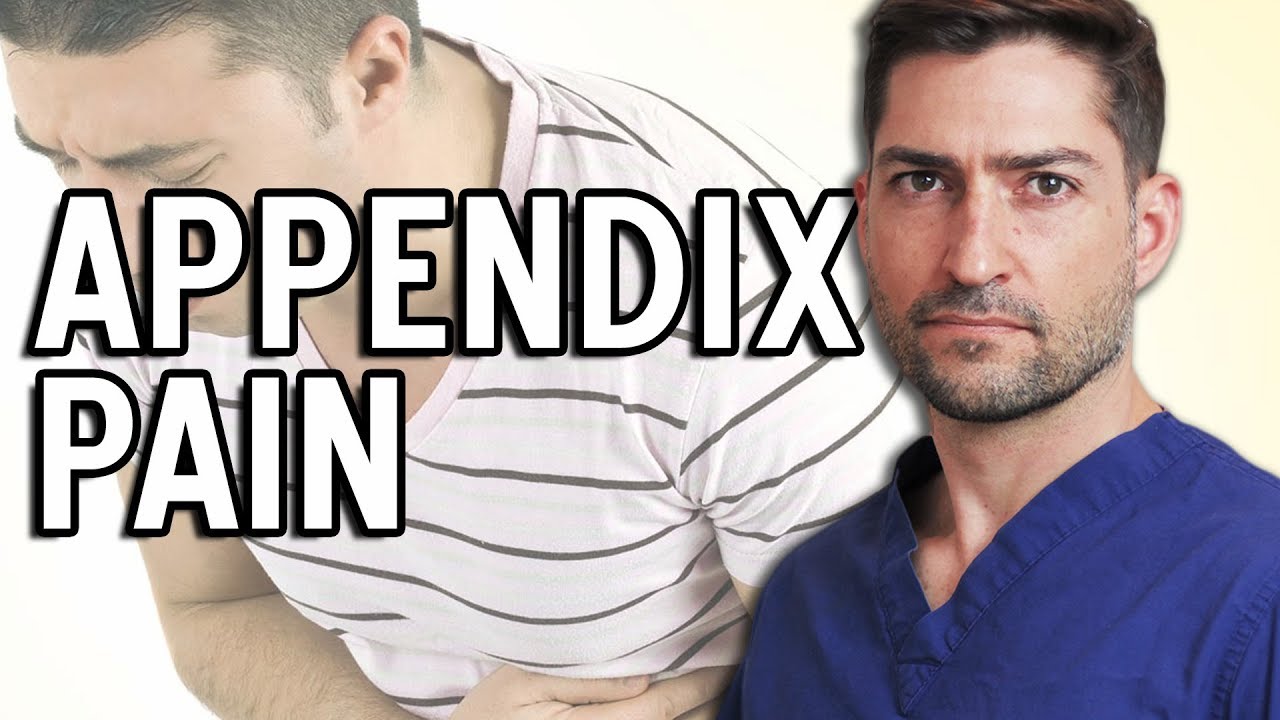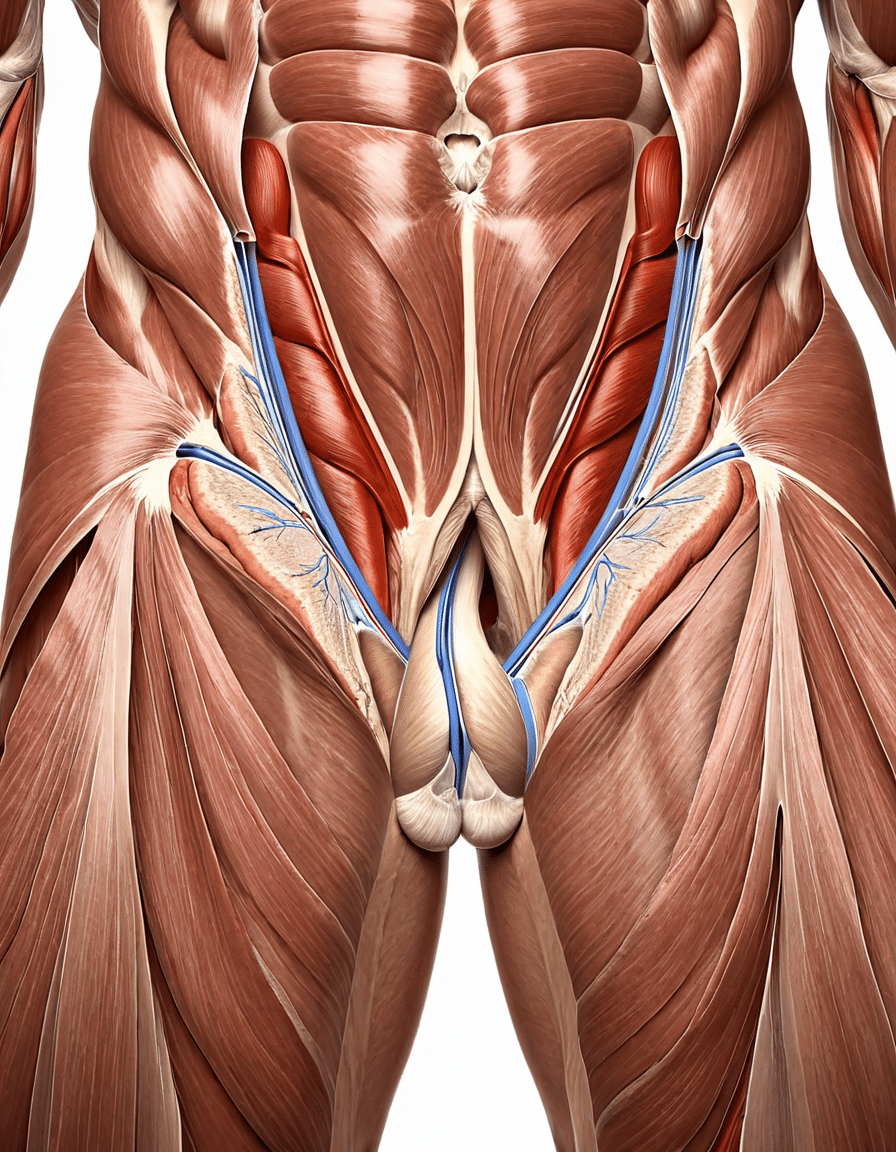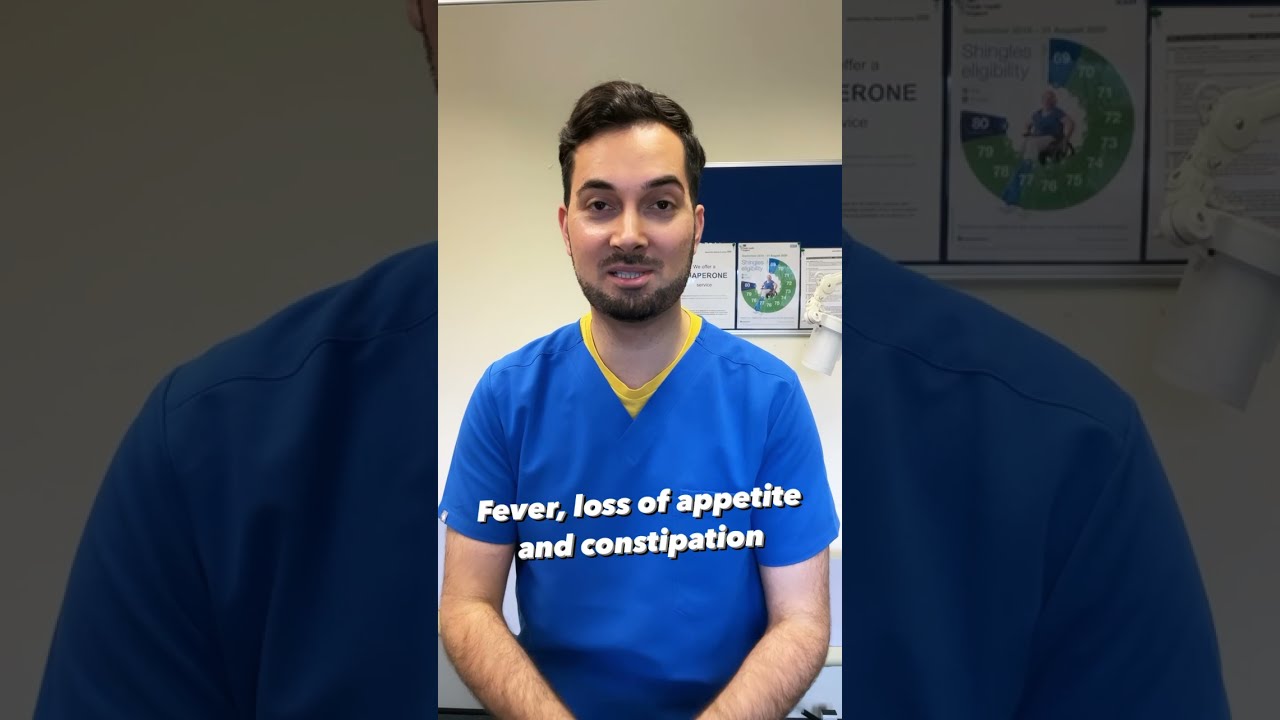When it comes to abdominal discomfort, nothing raises alarms quite like appendix pain location. The appendix, that small tube dangling from your large intestine, isn’t just a useless remnant; it can lead to serious issues if it becomes inflamed. This inflammation could be a sign of appendicitis, which can escalate into life-threatening conditions if you ignore it. Throughout this article, we’ll dig into the symptoms tied to appendix pain location and discuss why recognizing these signs early could save your life.

Understanding Appendix Pain Location: Symptoms and Indicators
Identifying the exact location of your pain is crucial for potential appendicitis. Not all abdominal pain originates from the appendix; other organs like the liver and spleen can be involved too. Knowing which area to focus on aids in providing quicker, more effective care.
When you start feeling that sharp pain in your belly, take a moment to assess: Is it localized, or does it radiate? Understanding these symptoms and indicators can drastically impact how you approach your health.
Timely recognition is key! Things like a sudden acute pain that worsens over time, especially near the lower right abdomen, should propel you into action. Remember, your body communicates with you, and debilitating pain is often its loudest cry for help.

Top 7 Symptoms of Appendix Pain Location You Should Never Ignore
1. Localized Pain in the Lower Right Abdomen
The classic hallmark of appendicitis is pain that starts around the belly button and then shifts to your lower right side. You’re looking at stabbing, intense pain that typically intensifies over time. If you notice this, don’t hesitate! It’s a red flag.
2. Loss of Appetite
A change in your appetite often gets brushed aside, but it’s a major warning sign. When your appendix gets inflamed, you may feel hesitant to eat due to intense pain. If your stomach is hurting and your belly isn’t desiring food, something’s definitely up.
3. Nausea and Vomiting
Nausea that accompanies appendix pain isn’t just a coincidence. It’s your body’s way of signaling that something’s off. After the pain kicks in, many folks find themselves battling nausea and may end up vomiting. This symptom, paired with distinctive abdominal pain, spells trouble.
4. Fever
A low-grade fever frequently emerges when the appendix is inflamed, usually hovering between 99°F and 101°F. This fever breathes life into your body’s natural response to infection and shouldn’t be ignored if it sticks around along with other symptoms.
5. Constipation or Diarrhea
You might find yourself running to the bathroom or feeling blocked up. Changes in bowel habits are common with inflammation of the appendix and could easily get mistaken for other issues. Always consider these symptoms in tandem with pain location.
6. Involuntary Muscle Guarding
If you catch yourself tensing your abdominal muscles unconsciously, that’s a telltale sign. This muscle guarding stems from your brain’s instinct to protect your body from more discomfort. It’s like your inner bodyguard flaring up.
7. Pain with Movement or Coughing
Even slight movements or a simple cough can aggravate your pain. It’s not uncommon for individuals with an inflamed appendix to report that such movements intensify their discomfort. This symptom can also align with liver pain location or spleen pain, which can complicate diagnosis.

Distinguishing Appendix Pain from Liver and Spleen Pain Locations
Understanding where the pain is coming from can help differentiate appendicitis from other conditions like liver or spleen issues.
Liver Pain Location
If you’re feeling pain in the right upper quadrant, you might be dealing with liver problems. Symptoms could include jaundice, identified by yellowing skin and eyes, or intense itching, that might suggest illnesses like hepatitis or fatty liver disease. Always evaluate these symptoms alongside your appendix pain location concerns.
Spleen Pain and Its Location
Spleen pain often hangs out in the left upper quadrant, and it usually shows up with conditions like splenomegaly or a splenic rupture. Sometimes, spleen symptoms can mimic appendicitis, such as referred pain to the shoulder, so determining the source is key in ensuring proper treatment.

Innovative Factors to Consider in Appendicitis Diagnosis
Modern technology has revolutionized how we diagnose appendicitis. Techniques like ultrasound and CT scans provide more precise assessments. Ultrasounds are often favored for kids thanks to being radiation-free, while CT scans give adults a more comprehensive view.
What’s even more exciting? The integration of AI and machine learning into healthcare is transforming diagnostics. Soon, predicting and pinpointing appendicitis could become a seamless experience, taking medical care to new heights.

The Importance of Timely Medical Evaluation
Understanding appendix pain location contributes immensely to accelerating treatment. If you’re experiencing any of the classic symptoms, don’t wait around. Seek medical help right away; this could shape your recovery journey significantly.
Ignoring these symptoms can lead to severe consequences like perforation or peritonitis—conditions that escalate the urgency for surgical intervention. Remember, it’s always better to be cautious and get checked out than to regret waiting too long.
Final Thoughts on Appendix Pain Location and Symptoms
Recognizing appendix pain location alongside its symptoms is vital for both patients and healthcare professionals. Swift response to these signs can mean the difference between a simple recovery and a life-threatening situation.
As technology advances, along with healthcare awareness, we’re better equipped to handle abdominal disorders efficiently. Remember, while some discomfort may be par for the course in life, the signs illustrated here should never be brushed aside. Stay vigilant, listen to your body, and don’t hesitate to seek help when you need it. Your body deserves it!
In conclusion, understanding the ins and outs of appendix pain location and its associated symptoms equips you with the knowledge you need to navigate your health confidently. So keep your eyes peeled, get educated, and as Arnold would say, “Pump it up!”
Appendix Pain Location: What You Need to Know
The Anatomy of Instincts
When you’re feeling discomfort in your tummy, particularly in the lower right corner, don’t just brush it off. This is often the classic appendix pain location that’s signaling something’s off. Picture your appendix as a small finger-like pouch positioned near where your small intestine meets your colon. Interestingly, it’s positioned in such a way that the pain can sometimes mimic other conditions, like bladder pain or pelvic disorders. Catching these signs early is crucial. Just like a sports team follows their bucks schedule, paying close attention to symptoms can lead to quicker remedies.
It’s remarkable how our bodies work. You might be surprised to learn that your appendix has long been viewed as a vestigial organ. In fact, some experts argue it plays a role in gut health by harboring beneficial bacteria. So, when you start to feel that pain, you’re not just dealing with a sore spot, you’re confronting potential complications that could escalate quickly!
Don’t Ignore the Signs
Now, what happens if that pain intensifies? As you might guess, ignoring it isn’t the best idea. Just as you wouldn’t shrug off an unusual drop in mortgage rates, you shouldn’t downplay appendix discomfort. Symptoms can include nausea, fever, and a reversal to that original pain, making a visit to your healthcare provider all the more important. After all, you wouldn’t want to miss a crucial play, just like not wanting to miss out on the speed of Mach 10 speed.
Moreover, the pain can also be misleading, sometimes masquerading as issues in nearby organs. For example, similar pain can be felt with a ruptured bladder or during pregnancy, where scoring on the bishop score becomes critical. That’s why understanding the appendix pain location is vital; it helps you differentiate where the problem lies.
Moving Forward with Awareness
Lastly, wouldn’t it be handy to have some tools for clearer communication with your doctor? Think of having a list ready, much like when you’re shopping for walking sticks—you’d want to know exactly what you need. Jot down your symptoms clearly and emphasize the appendix pain location to ensure nothing gets lost in translation. Plus, following through with your doctor should feel as straightforward as calling CVS customer service for a prescription refill – you want that smooth experience.
Pay attention to your body, throat clear – don’t overlook what it’s trying to tell you. Remember, every twinge of discomfort has its own story, especially when you’re exploring the appendix pain location. Stay informed, proactive, and communicate openly with your medical team. Who knows, this knowledge could be the difference between a minor irritation and a serious health hiccup!



























